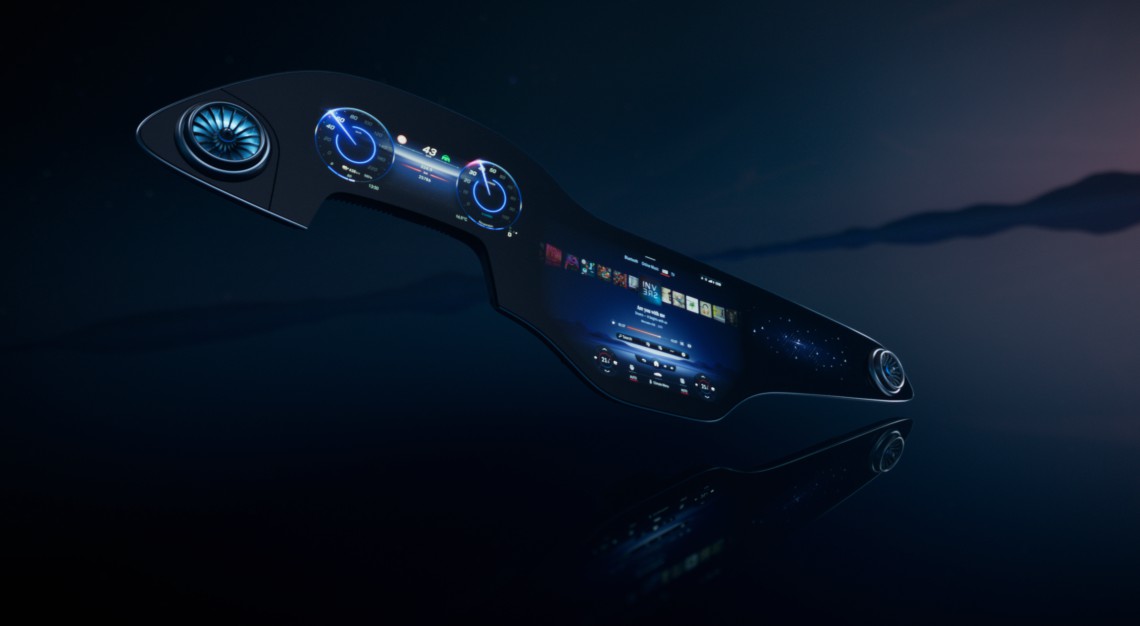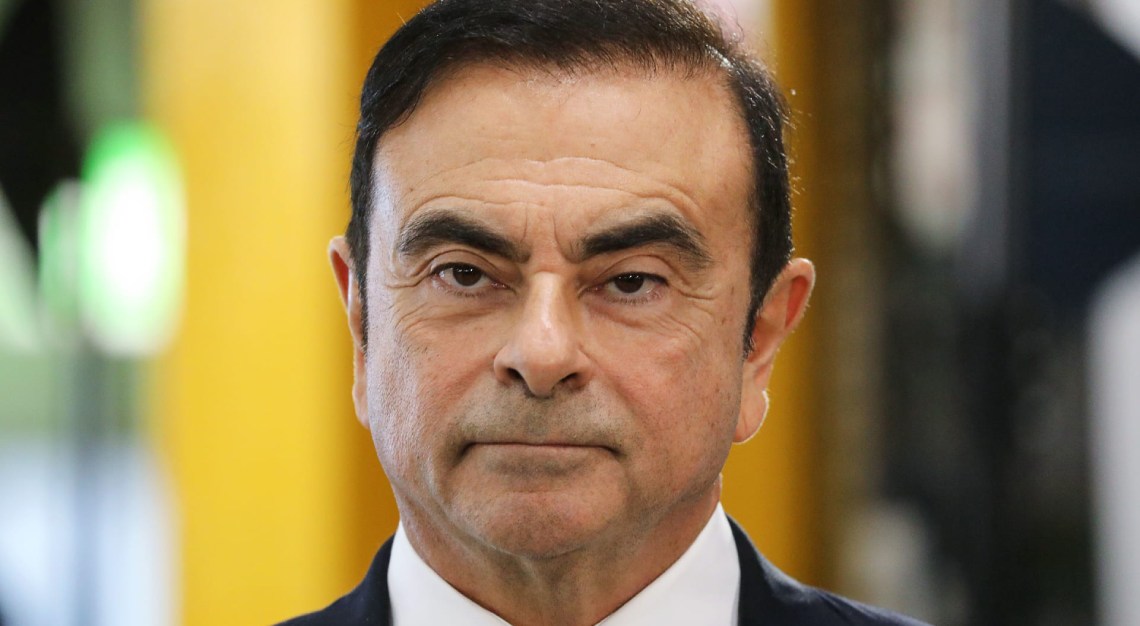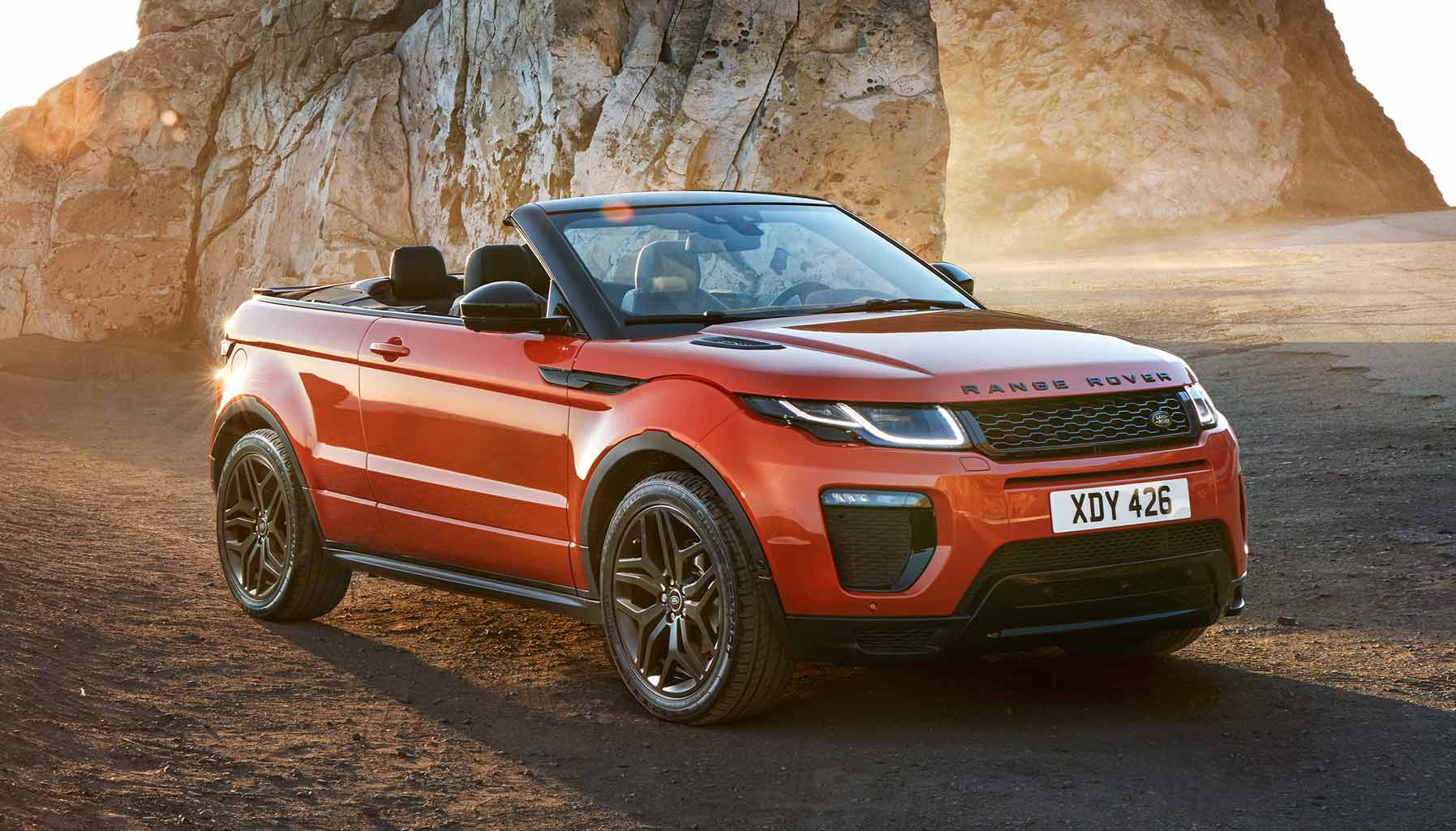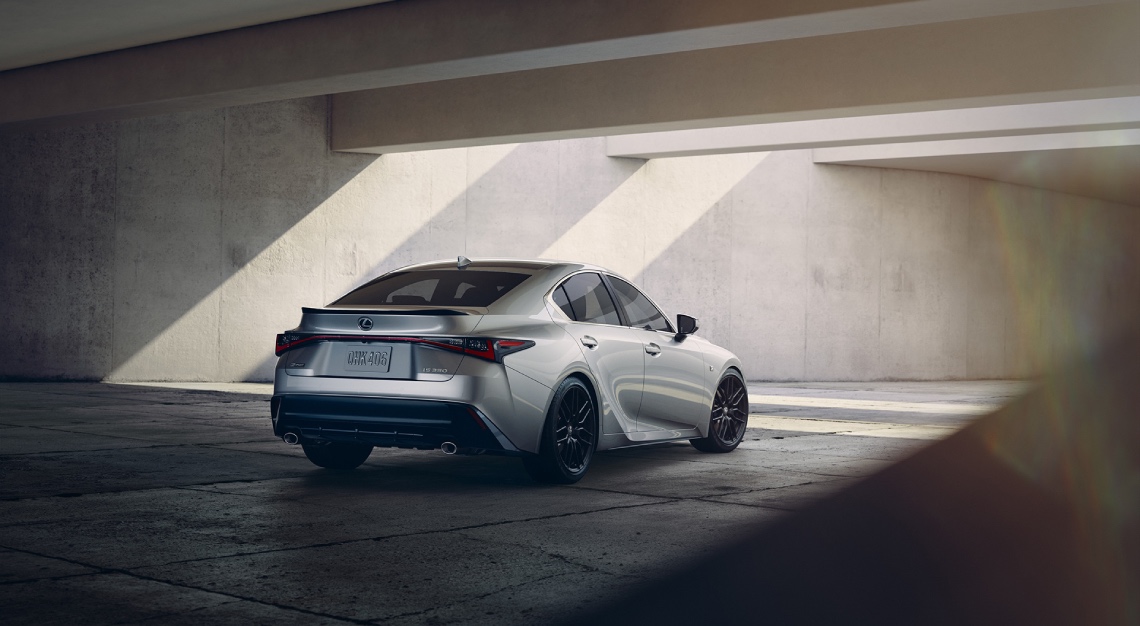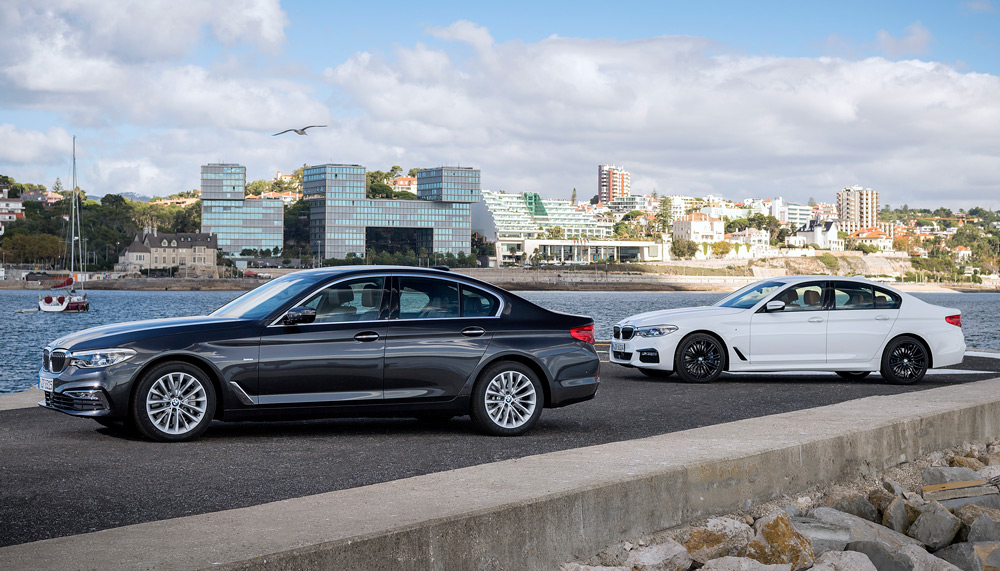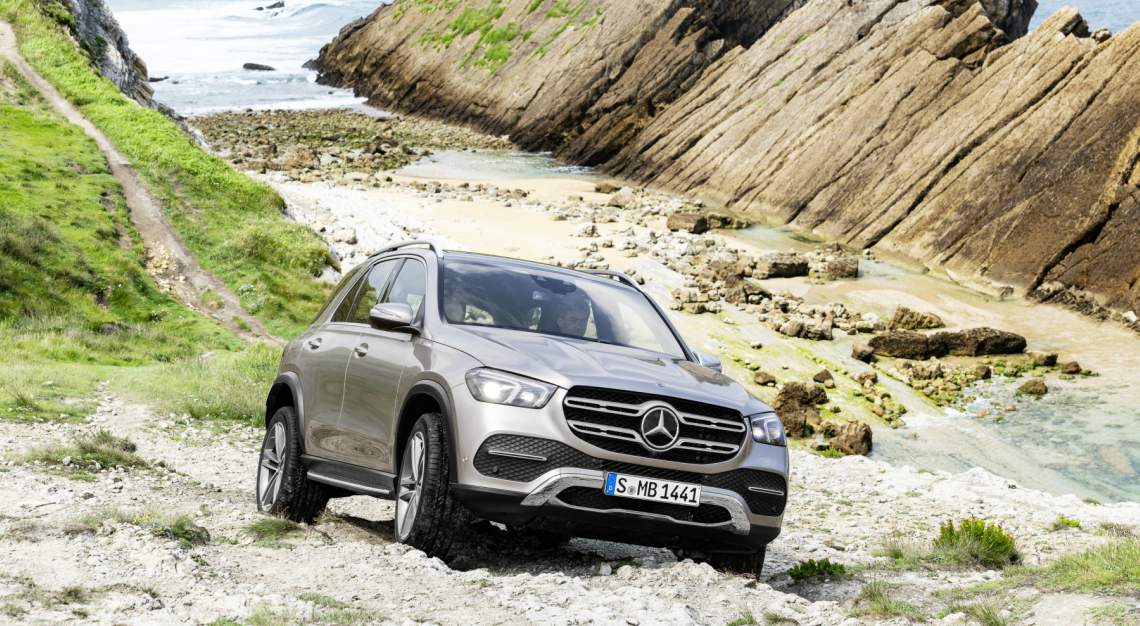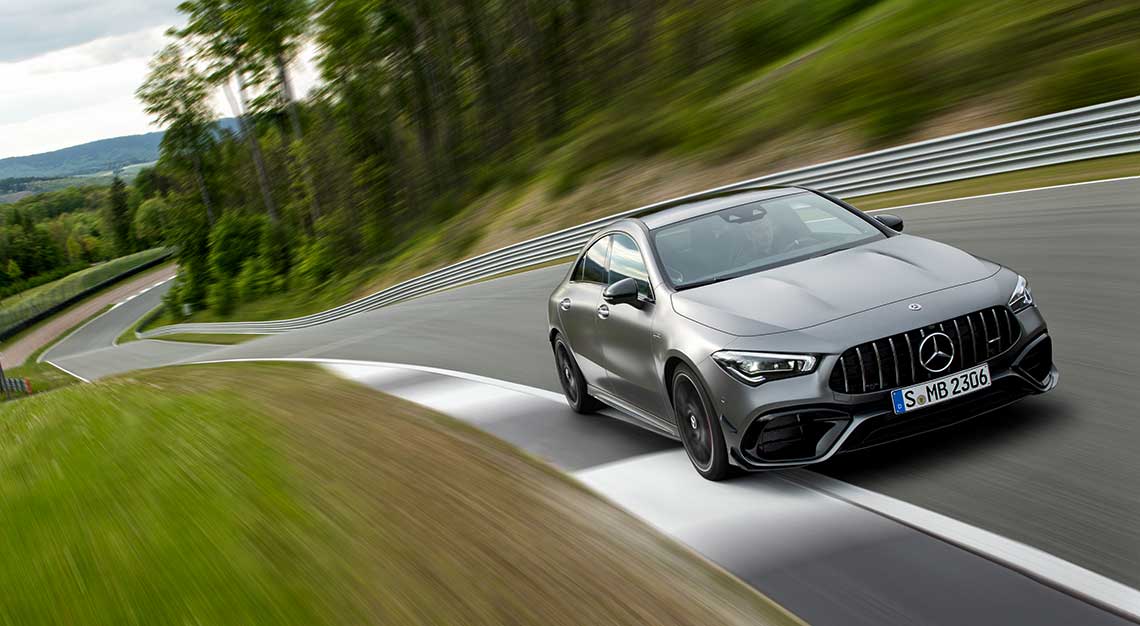More details on the all-electric Mercedes-Benz S-Class emerge, this time with its radical glass-fronted dashboard
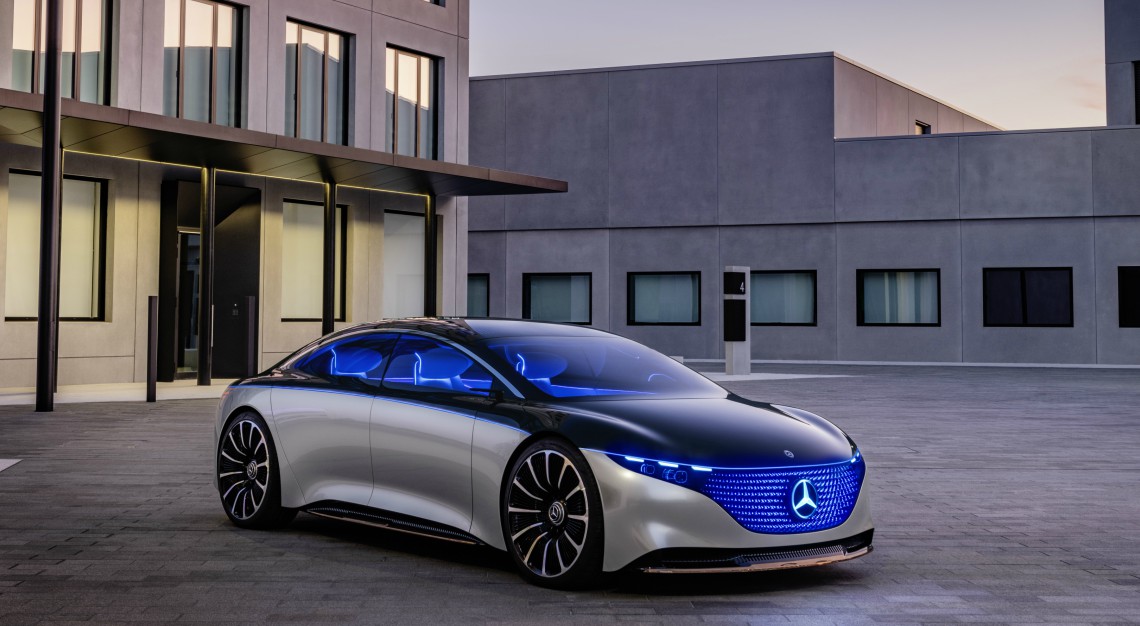
You may already be familiar with the dashboard-spanning, monolithic screen(s) fitted to just about every new Mercedes-Benz these days, yes including even entry-level models like the A-Class.
But are you ready for the next evolution in MBUX, the German carmaker’s infotainment software/hardware suite?
Well, even if you aren’t, gird your loins for the Hyperscreen, an evolution of the one fitted to the new S-Class, with the new flagship saloon featuring a freestanding instrument cluster augmented with a separate, tablet-like infotainment display.
This is a departure from the current paradigm of merging the instrument cluster with the infotainment display in a single, freestanding frame.
The big news with the Hyperscreen, and for that matter, the system employed in the new S-Class, is it seems Mercedes-Benz is doing away for good with the current dual control scheme of trackpad and touchscreen, replacing it entirely with the latter.
Well, that seems to be the case, at any rate, since Mercedes-Benz didn’t release images of the Hyperscreen’s centre console. But if the new S-Class is any indicator, we won’t be seeing the (rather fiddly) trackpad used when the Hyperscreen makes its debut in the EQS, the all-electric companion to the S-Class.
On a slightly separate note, you’ll also recall Mercedes-Benz is planning an entire line of electric cars to go along with the already in-production EQC electric SUV.
At any rate, the new Hyperscreen. It takes the form of an enormous, curved glass panel spanning the entire dashboard with screens for both the instrument cluster, main infotainment display and a secondary screen for the passenger.
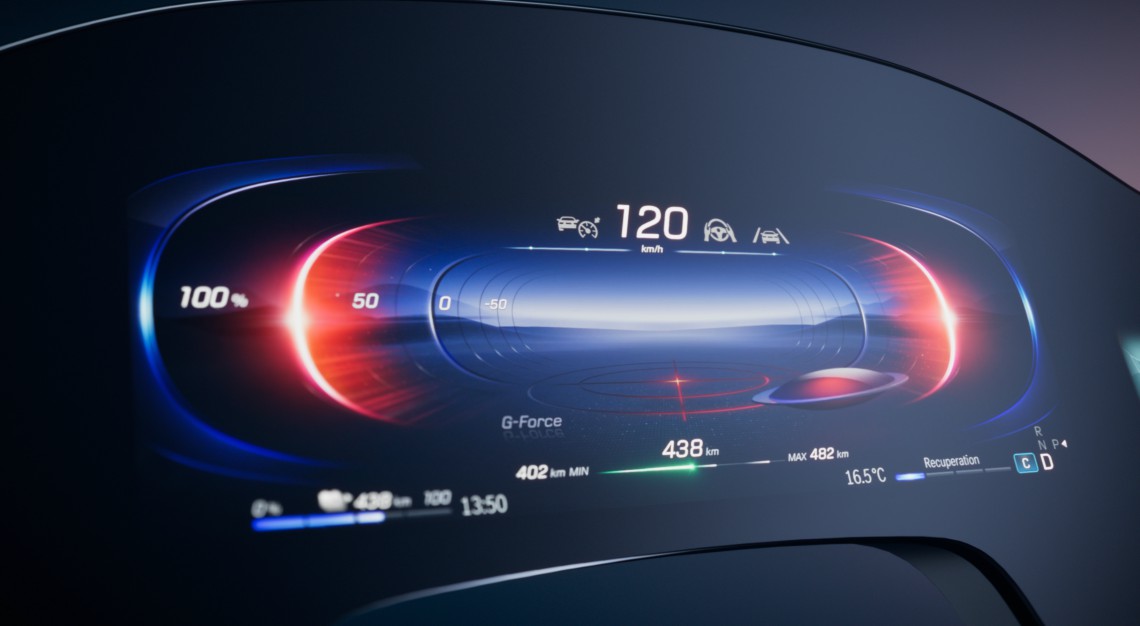
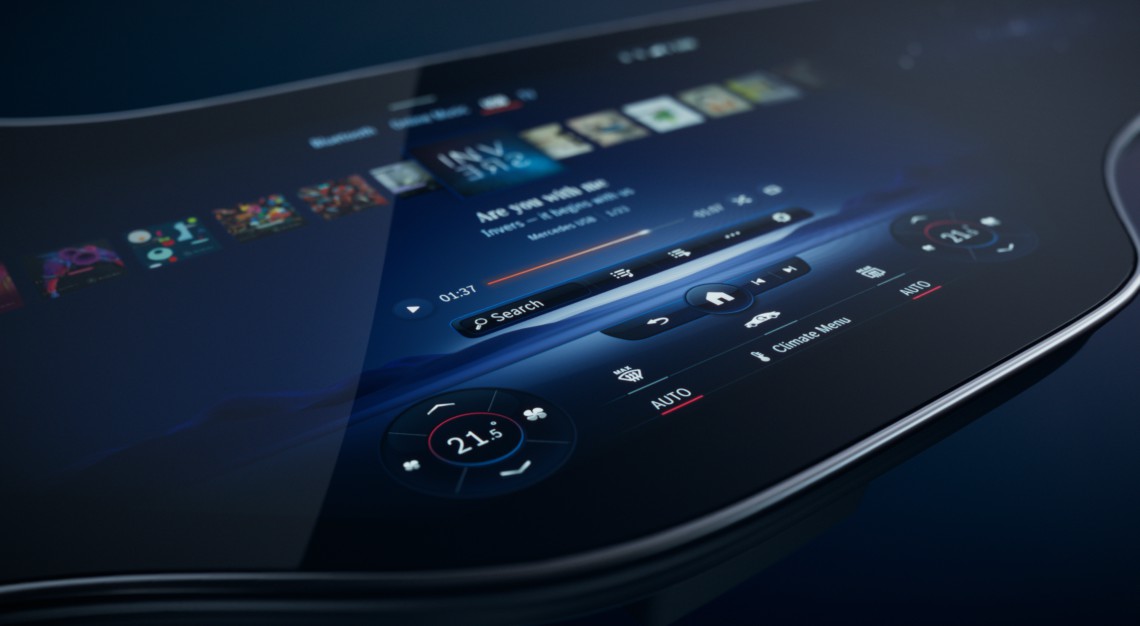
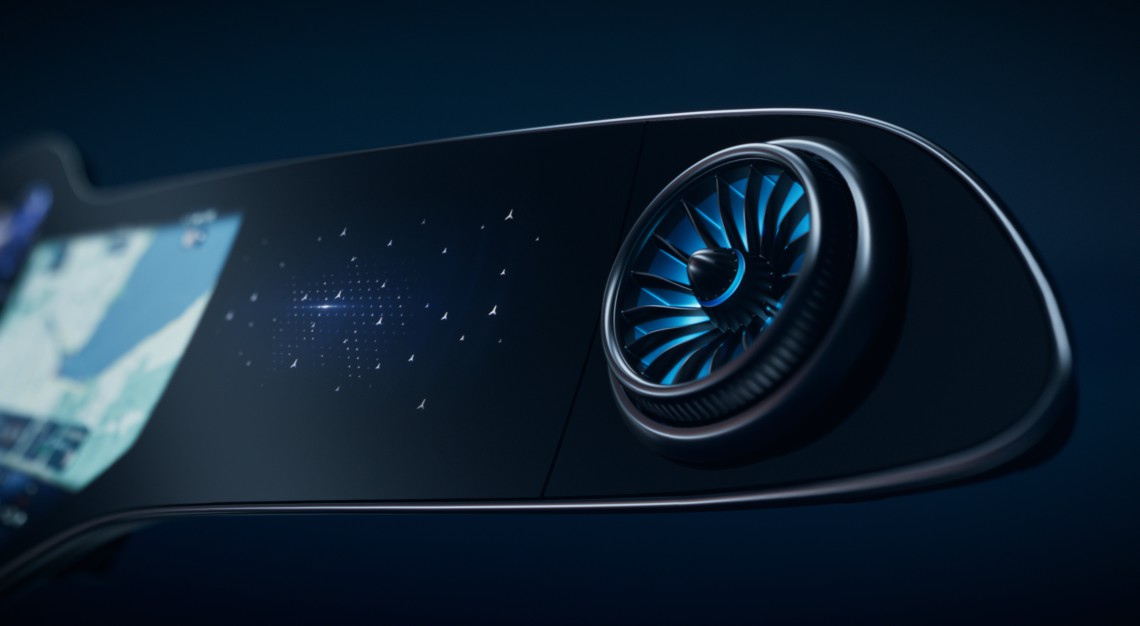
The only analogue parts of the Hyperscreen are the air vents, with no analogue buttons or switches anywhere to be seen, replaced by touch-sensitive ‘soft’ buttons. All the display areas have OLED screens (as on high-end smartphones), which allows non-lit portions to blend in with the rest of the dashboard when not lit.
In addition to the new look, the MBUX interface has also been revamped to provide context-sensitive information on the system’s main screen using machine learning gleaned from location data and the user’s habits.
For example, Mercedes-Benz says that if the vehicle lift function is frequently used in a certain area, the system will automatically activate the function when driving by.
This is in conjunction with the new system being able to automatically show your to-do list (if synced up with your phone or other devices) when getting into the car, or when relevant.
Mercedes-Benz says the goal of the Hyperscreen and the new artificially intelligent MBUX system is to save time and offer greater convenience. What this translates to is effectively turning your car into a smartphone on wheels.
Rather appropriate since the Hyperscreen’s glass panel is crafted of glass that’s supposedly scratch- and fingerprint-resistant.
The Hyperscreen will make its debut on the new EQS, scheduled for later this year. And if the Hyperscreen works as well as Mercedes-Benz says, that’s certainly something to look forward to… along with the EQS itself, of course.
